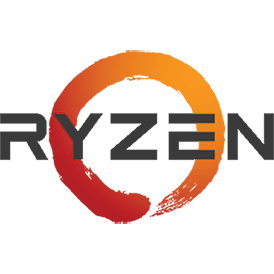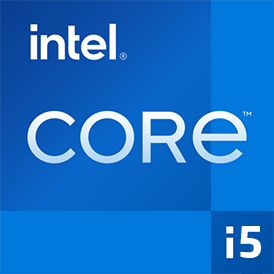Comparison of ZOTAC Gaming GeForce GTX 1630 video card vs ASUS Radeon RX 560 2GB GDDR5 video card by specs and benchmarks. ZOTAC Gaming GeForce GTX 1630 runs at 1.740 GHz base clock speed and has 4 GB of GDDR6 memory, while video card ASUS Radeon RX 560 2GB GDDR5 runs at 1.740 GHz base clock speed and has 2 GB of GDDR5 memory. The weight is different, -- vs --. The TDP of the first video card is 75 W, and the second is 75 W . Compare the benchmark results to find out which video card is better.


 Russian
Russian  Germany
Germany  Portuguese
Portuguese  Italian
Italian  French
French  Japan
Japan  Spanish
Spanish  Polish
Polish  Chinese
Chinese 


